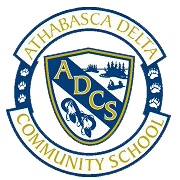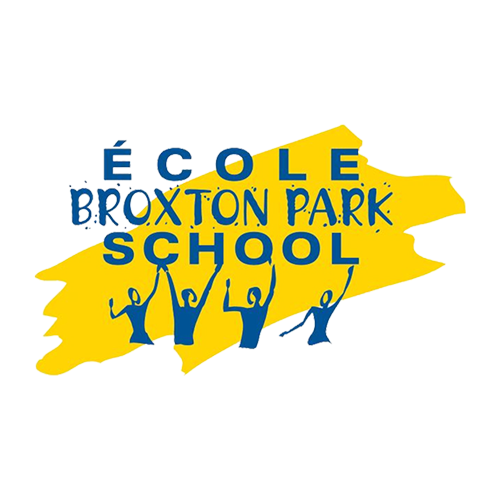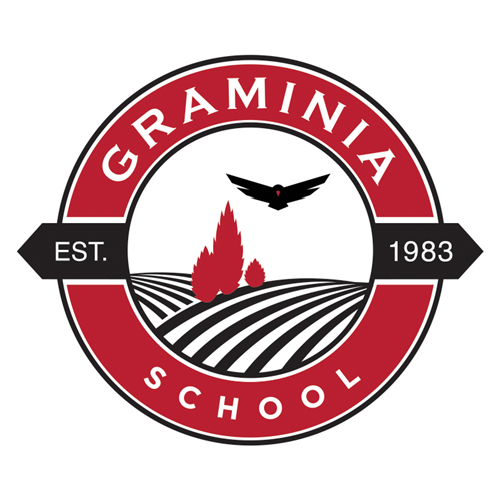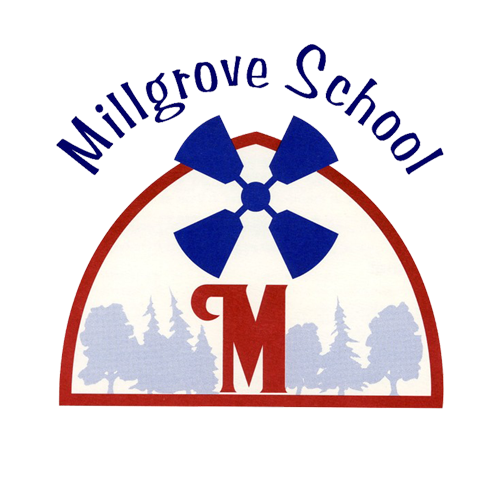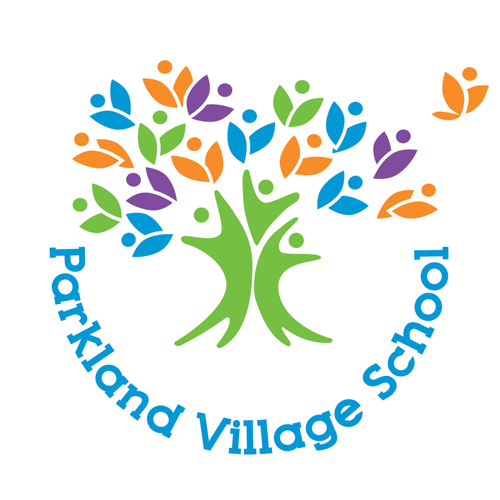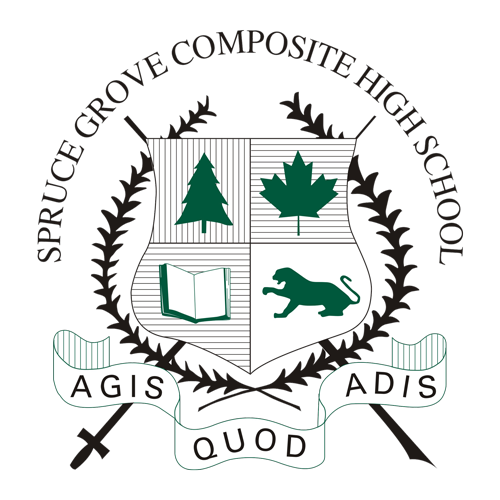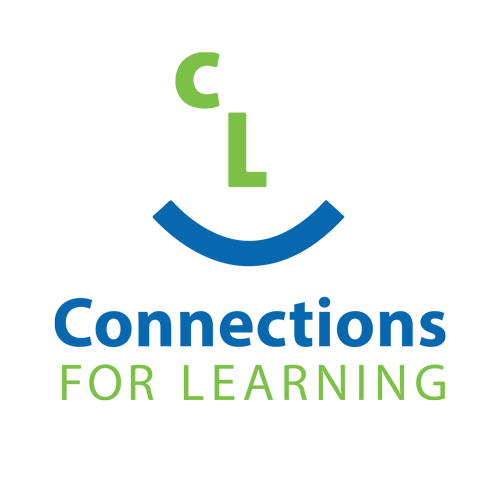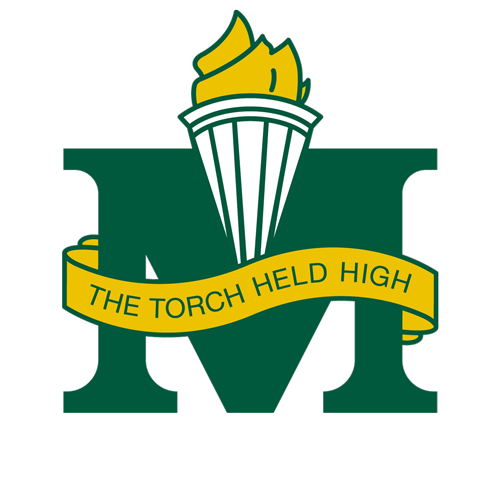Fair Notice - Trauma, Violence & Suicide Prevention (TVSP)
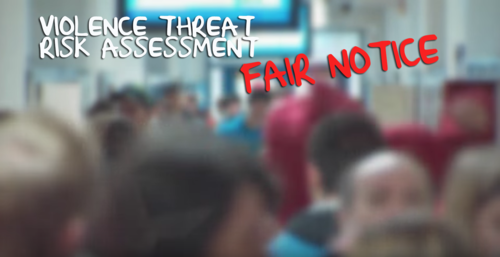
The integrated Trauma, Violence & Suicide Prevention (TVSP) model brings together three components:
- Trauma Event Systems (TES): Coordinated trauma response to public traumatic events.
- Violence Threat Risk Assessment (VTRA): Assessment and mitigation of clear or plausible threats of violence.
- Community Suicide Prevention & Response (CSPR): Coordinated prevention and response to suicide-related events and ripple effects.
By uniting schools, municipalities, law enforcement, mental health services, and other community partners under a shared framework, the Tri-Municipal TVSP Protocol aims to reduce isolation, improve communication, and promote early intervention. The ultimate goal is to build safer, more resilient communities and schools across Parkland County, the City of Spruce Grove, and the Town of Stony Plain.
Through the implementation of the TVSP Protocol, partners strive to achieve:
- timely prevention of violent incidents through coordinated responses,
- reduced impact of traumatic events, violent acts or suicide by ensuring rapid and appropriate intervention,
- enhanced community support systems that facilitate recovery and promote lasting well-being, and
- a learning framework that drives improvements in policies and practices based on community experiences.
The goal of the Violence/Threat Risk Assessment (VTRA) process is to ensure that every incident of youth violence in our communities is addressed. VTRA is early intervention, which is quite possibly prevention.
The process is initiated and managed by school administrators who have received VTRA training from the Center for Trauma Informed Practices.
Duty to Report
There is zero tolerance for not responding. Prevention of youth violence is a community responsibility and it is everybody’s duty to report. Under-reaction is epidemic, and a chief factor of escalation from thought to action.
What is a Threat?
A threat is an expression of intent to do harm or act out violently against someone or something. Threats may be verbal, written, drawn, posted on the internet or made by gesture. Threats must be taken seriously, investigated and responded to. In a culture of responsible reporting, students need to believe that they will be believed when they confide: their identity will be kept confidential, their information will be acted upon promptly and their concern will be investigated thoroughly.
Who is on a Threat Assessment Team?
Each threat assessment team is multi-agency. The team may include school staff, psychologists, police, child protection agencies, community mental health workers, hospitals, probation/parole and other professionals.
What is the Main Purpose of a Threat Assessment?
- To ensure the safety of students, staff, parents, and others.
- To ensure a full understanding of the context of the threat.
- To begin to understand the factors that contribute to the threat maker’s behaviour.
- To view the student as in need of intervention rather than to be disciplined.
- To be proactive in developing an intervention plan that addresses the emotional and physical safety of the threat maker. It may include disciplinary action but will include appropriate supports to aid the student in developing and using positive strategies.
- To promote the emotional and physical safety of all.
- To ensure all school and agency partners are working together with a common understanding and protocol.
What happens in a Student Threat Assessment?
All threat-making behaviour by a student(s) shall be reported to the Principal who will activate the protocol for the initial response.
Once the team has been activated, interviews may be held with students, the threat maker(s), parents and staff to determine the level of risk and develop an appropriate response to the incident.
Intervention plans will be developed and shared with parents, staff and students as required and as appropriate.
The Partners
Education partners are committed to creating and maintain school environments in which students, staff, parents and others feel safe. Parkland School Division, Evergreen Catholic Separate Regional Division, Living Waters Christian Academy, Mother Earth’s Childrens’ Charter School, St. Matthew Lutheran School, and Columbus Academy - Bosco Homes have taken a lead role as there is a direct application to the health and safety of the school environment.
Community Supports
-
- Alberta Parenting for the Future
- City of Spruce Grove
- Edmonton Region Children and Family Services - Child Intervention Services
- Evergreen Catholic Schools
- Grande Yellowhead Public School Division
- Living Waters Christian Academy
- Parkland School Division
- Parkland County
- Recovery Alberta - Mental Health and Addiction Services
- RCMP
- Saint Matthew Lutheran (SML) Christian Academy
- Town of Stony Plain
- Unlimited Potential Community Services
Additional information is available in the VTRA Fair Notice and Practice Information Brochure.
View the full VTRA Protocol.
For more information contact:
Nealle Dickson
Division Principal, Student Services
Phone: 780-963-7366
Email:nealle.dickson@psd.ca
Marsie Fisk
Division Principal, Student Services
Phone: 780-963-2255
Email: marsie.fisk@psd.ca
